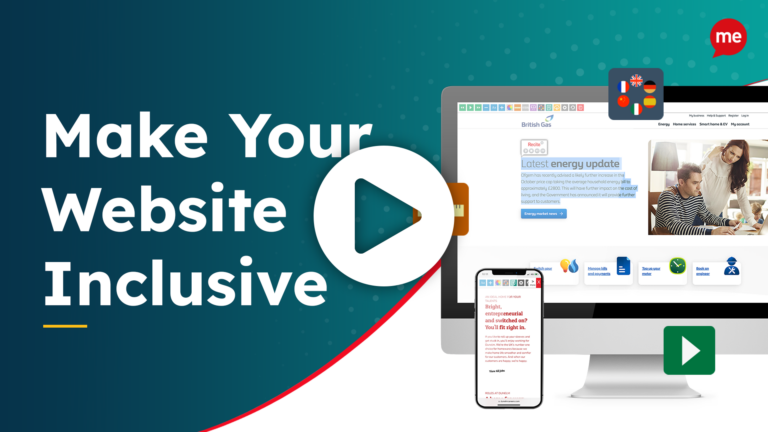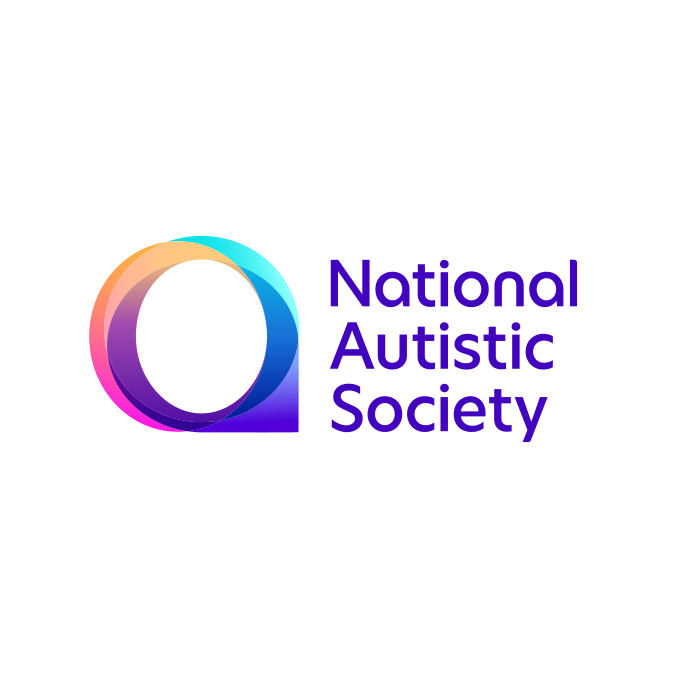
- Karl Beal,
- Build & Customer Automation Specialist, Severn Trent

- “At Severn Trent we want our website to be accessible for all our customers which is why we implemented the Recite Me toolbar to help achieve this.” “In February alone, we had nearly 200,000 pages viewed with the Recite Me toolbar activated. This ranged from customers translating the website into their chosen language and using tools such as the playback tool to read the content out to them.”
- Karl Beal,
- Build & Customer Automation Specialist, Severn Trent
























